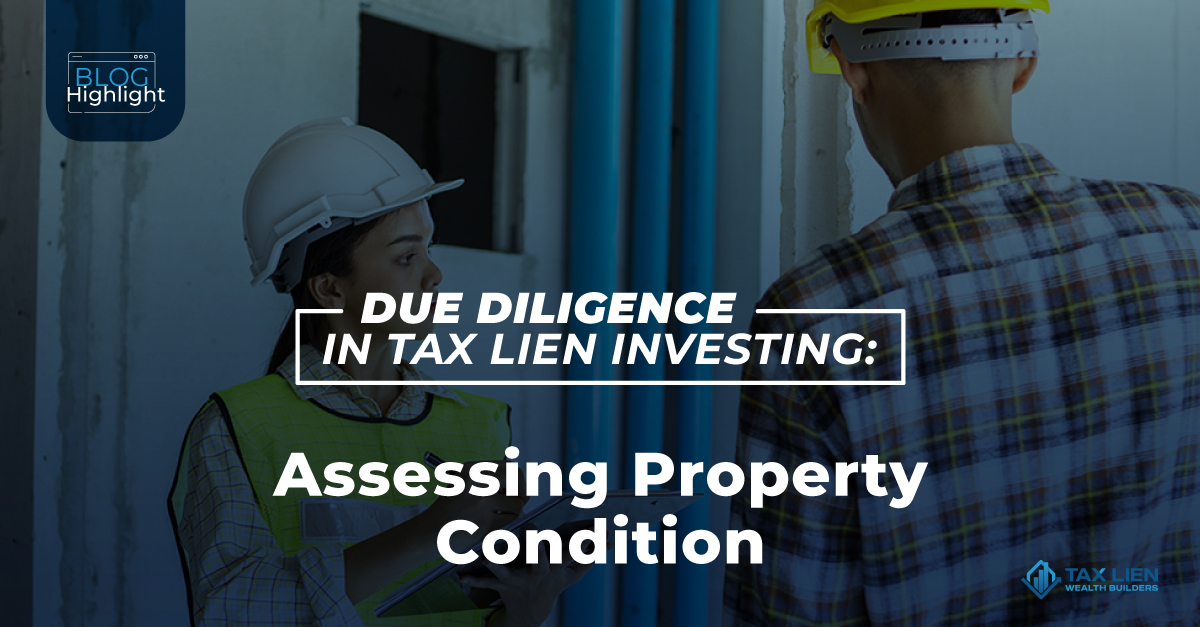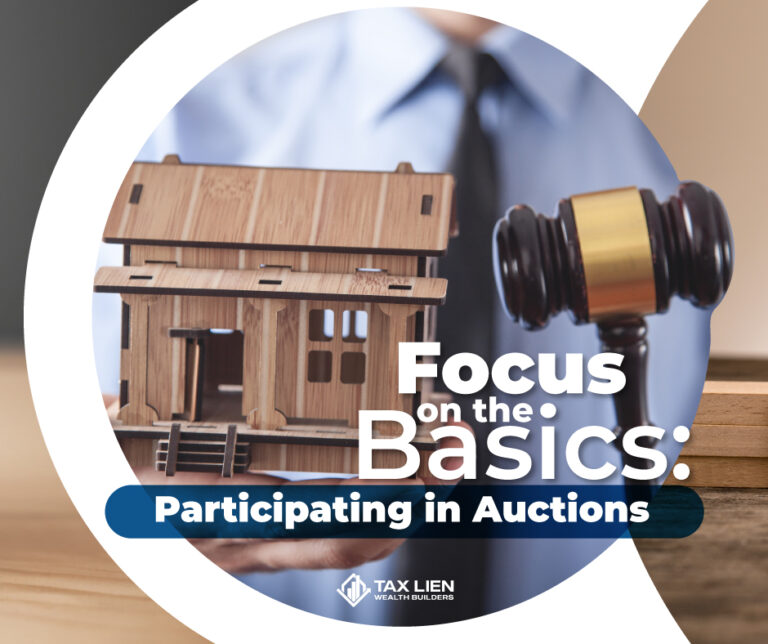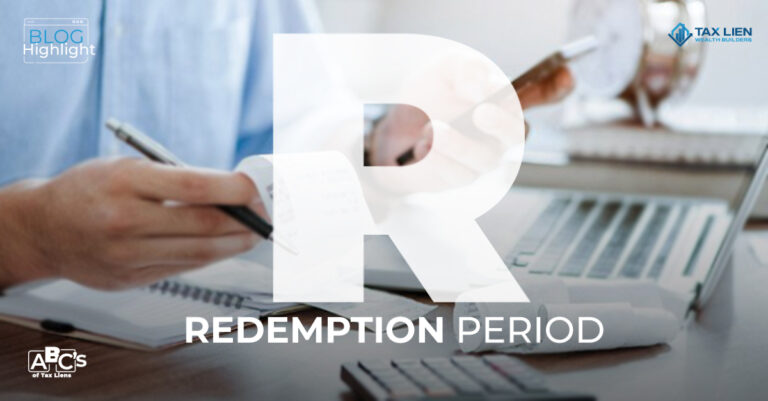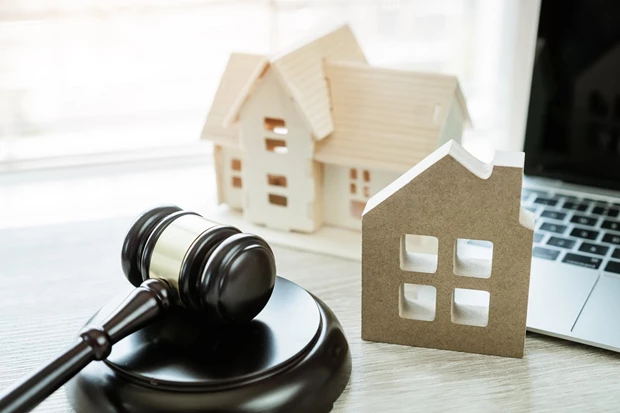Due Diligence in Tax Lien Investing: Assessing Property Condition for Tax Lien Investing
When it comes to tax lien investing, it is no news that properties can be a mixed bag.
Some are diamonds in the rough, while others are not as good. But how do you really know what you’re investing in?
That’s where assessing property conditions comes in.
It’s like having a medical check up for a property – you want to know if it’s in good shape, or if it needs some adjustments or a complete renovation.
The property’s condition is an important factor in the world of tax lien investing.
It has a significant impact on your investment’s success.
Properly assessing the property’s condition helps you avoid unpleasant surprises and make informed decisions.
Why does property condition matter in tax lien investing?
Simple: it affects the value of the property, and ultimately, your potential return on investment.
Let’s see why assessing property conditions is essential and how you can do it effectively.
How do I Assess Property Conditions in Tax Lien Investing?
They say first impressions matter.
You want to ensure the property’s exterior and overall state of the building.
Is the painting of the walls and the yard intact? Or the windows are broken.
You can do this by driving by the property. This is the easiest and most effective way to assess a property.
Next, you can use online tools to better understand the property’s condition. This enables you to inspect from the comfort of your home.
You can use online tools like Google Street View to check on its exterior and neighborhood.
Also, real estate websites often provide pictures and descriptions that can give you insights into what to expect.
However, This process cannot replace in-person visits, but it is a great starting point, especially if the property is far away.
What to look out for
When assessing property condition, here are a few key things to keep in mind:
A damaged roof or clogged gutters can lead to bigger issues like water damage and flooding. Look for missing shingles, sagging gutters, and signs of water leakage.
Broken windows and doors are not only signs of neglect but can also be a security concern.
A property with broken or damaged windows or doors may have been vacant for a while, which could pose a problem.
An overgrown yard or neglected landscape tells you a lot about how well a property has been maintained.
Cracks in the foundation or exterior walls can be red flags for structural issues. These problems can be costly to fix, so spotting them early is beneficial.
When to call in the experts
Driving by and online inspections can give you a good preliminary idea, but you need a more thorough assessment to properly assess a property.
If you are considering acquiring the property, it is best to hire a professional inspector.
They have the expertise to spot issues you might miss and can provide an in-depth report on the property’s condition.
Finding a Good Inspector As an Investor
Reviews and references are the best ways to get a certified inspector. Ask around for inspectors with good reviews.
It is also a good idea to get quotes from different inspectors to ensure you are getting a fair price.
A professional inspection can save you from investing in a financially draining property.
Here are some takeaways
Assessing the condition of a property is an essential step in tax lien investing.
It is, however, not a one-time thing; it is a continuous process that requires regular monitoring.
A property in good condition is better than one that needs a lot of work.
It would be best to be proactive when assessing and maintaining the property’s condition. That way, you can ensure that your investment stays valuable over time.
By doing your due diligence and monitoring the property’s condition, you can make smarter investment decisions and protect your ROI.






